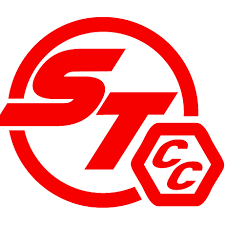The Aston Martin Valkyrie is powered by a hybrid engine with 1,155 horsepower.
The thermal part corresponds to a 6.5-liter V12 developed by Cosworth that delivers 1,013 horsepower and a maximum torque of 740 Newton meters. It is a propeller capable of rotating at 11,100 revolutions per minute.
The electric part, courtesy of Rimac, provides an extra 162 horsepower and 280 Newton meters of torque. At the moment of maximum performance, the set ensures 1,155 horsepower and a maximum torque of 900 Newton meters, which places the weight/power ratio below 1:1, since the Aston Martin Valkyrie remains at 1,030 kilos.
The transmission is an ultra-lightweight sequential single-clutch transmission with seven speeds. It is known that the braking system was developed by Alcon and Surface Transforms and that it has carbon discs.
Surface Transforms plc (LON:SCE) is a manufacturer of next-generation carbon-ceramic brake discs for automotive and aircraft applications and has been certified to IS9001-2000 since 2008 and was certified to TS16949 automotive quality accreditation and AS9100C aerospace quality accreditation in 2015.

